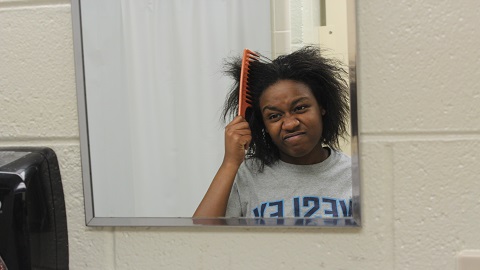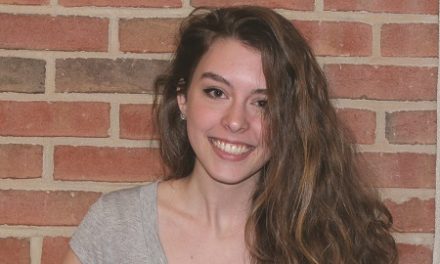By Kristen Griffith (Whetstone Staff Writer)
I always run into interesting questions from teammates of my predominately white soccer team.
“Why do you do that to your hair?â€
“Why does your hair look like that?â€
“Do they sew the weave into your scalp?â€
I take no offense because they want to know. But I cannot deny how surprised I continue to be about how little white Wesley students know about black women’s hair – especially since black people make up about half of the student population.
Not many know about the money and time that goes into making “black hair†similar to everyone else’s.
Every six weeks I go to my salon to get a relaxer/perm, which breaks down my natural “nappy†roots and straightens my hair. This usually costs around $80.
I have been getting relaxers since I was four years old. One thing I learned is to get used to the uncomfortableness.
My mother and hair stylist always urged me not to scratch when relaxer time was around the corner. When my scalp was itchy, I had to beat my palm into my skull to calm the itch down. If I gave in, my scalp would be sizzling from the creamy white chemicals that sat in my hair for 10 minutes.
Rinsing is like water being poured on a pan that just came from a hot stove; I’m surprised steam never rose from my head.
Despite the long and painful process, the final results make it worth it – until it gets ruined one or two days later after soccer practice.
In high school, soccer was year-round. My hair never got a break from the dried-up sweat I attempted to comb through after practice.
“With practices, it’s harder to manage,†teammate Bree Day said.
I could not wash my hair after practice like the white girls on my soccer team. It will make my hair dry and shrivel. I need to keep the moisture I have and add more in when the salty perspiration comes.
Practices were after every school day, and games were every weekend. Eventually, my hair started to suffer because of the sweat and lack of maintenance.
The flat-iron or straightener I use was often the best resource to get my hair back to the way it was in a short matter of time. But it ruined it.
I limited my use of the flat-iron and only use it when I absolutely need it, which may be once or twice a week after I wash my hair. The puffy madness I deal with after my hair is dry makes the flat-iron a necessity.
“There’s restrictions on black hair, like washing it too much and flat-ironing it too much,†Day said. “So weaves come in handy.â€
Weaves are easier to maintain, but it takes longer to get done.
“The amount of money I normally spend on weave is about $200,†Day said.
There are cheaper prices, but the better-looking and longer-lasting kind usually costs around $100 a pack. But it takes at least two packs of hair to successfully cover my whole head.
The process of getting weave put in is not fun.
After the relaxer is installed and my hair is washed and dried, my stylist starts tightly braiding.
She then uses a needle and thread to sew the weave into the braids like she’s stitching up a pair of ripped jeans.
It’s not the most comfortable feeling, but the long day in the salon and the first couple days of soreness is worth it.
Weave is the natural hair I never had.
“I normally get a new weave around two to three months,†Day said. “It’s human hair, so it can last.â€
Its convenience is what makes it so popular among black women. We don’t have to worry about maintaining our natural hair for a few months. We can sit back and enjoy the additional length and volume.
Weave even helped my hair grow back.
But since I also like to wear my real hair, I constantly worry about it breaking off again.
I work hard keeping my hair healthy, as do many other black women.
It would be nice to go to bed and wake up the next day without touching it. But a lot of effort, time and money is required in order to keep black women’s hair presentable.





